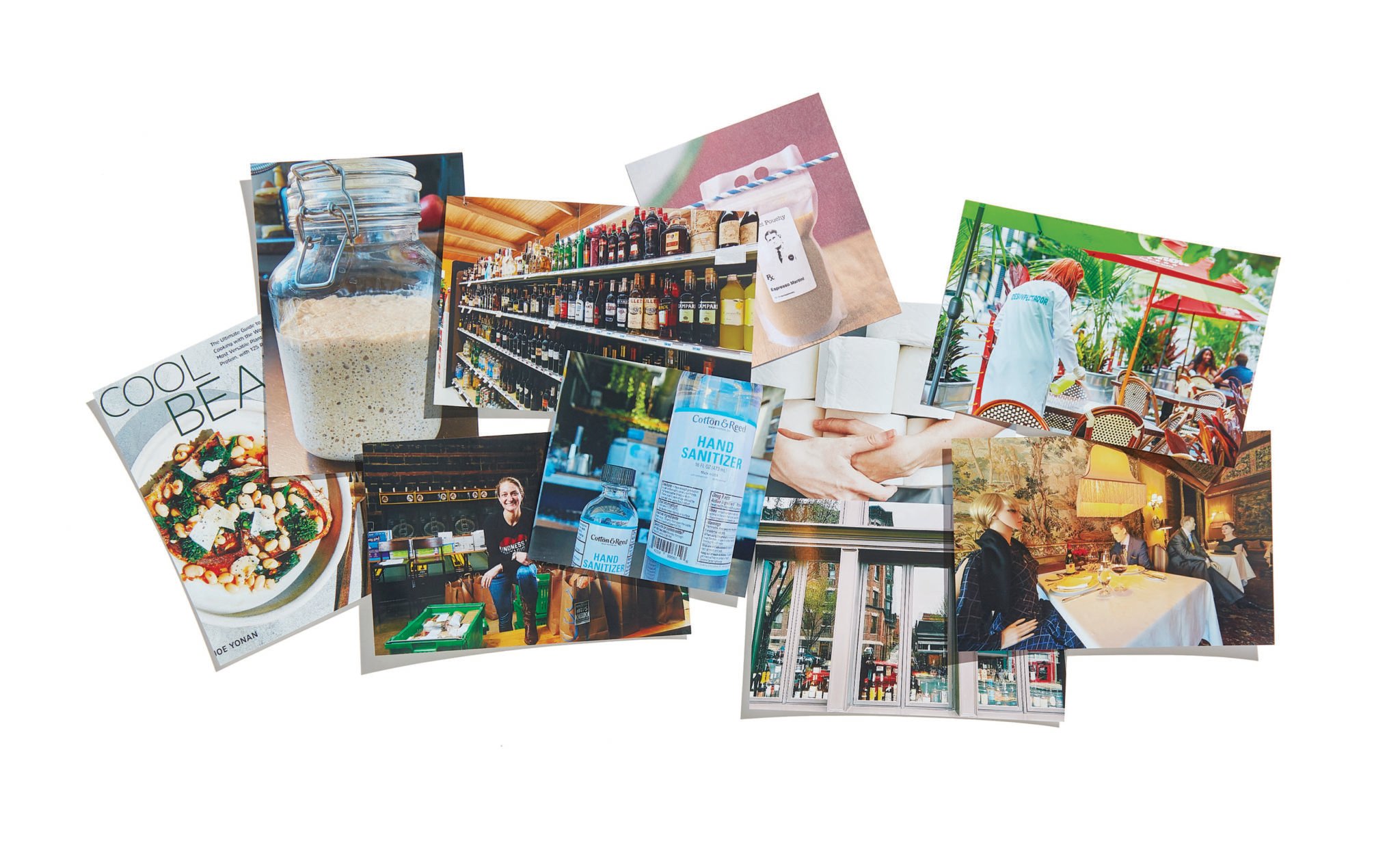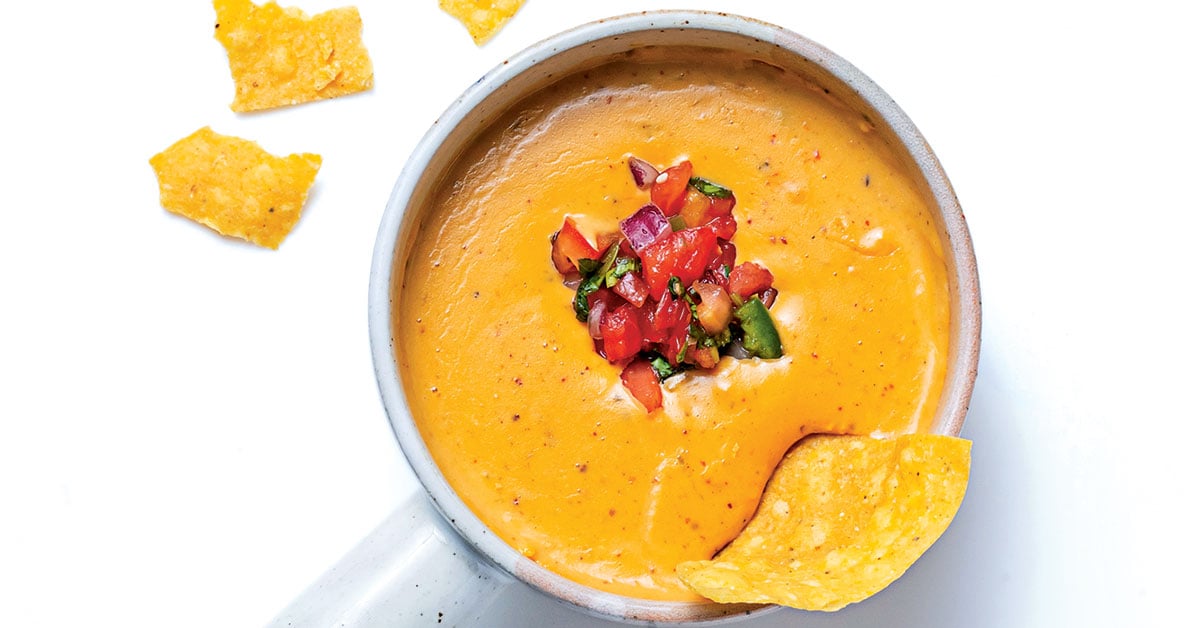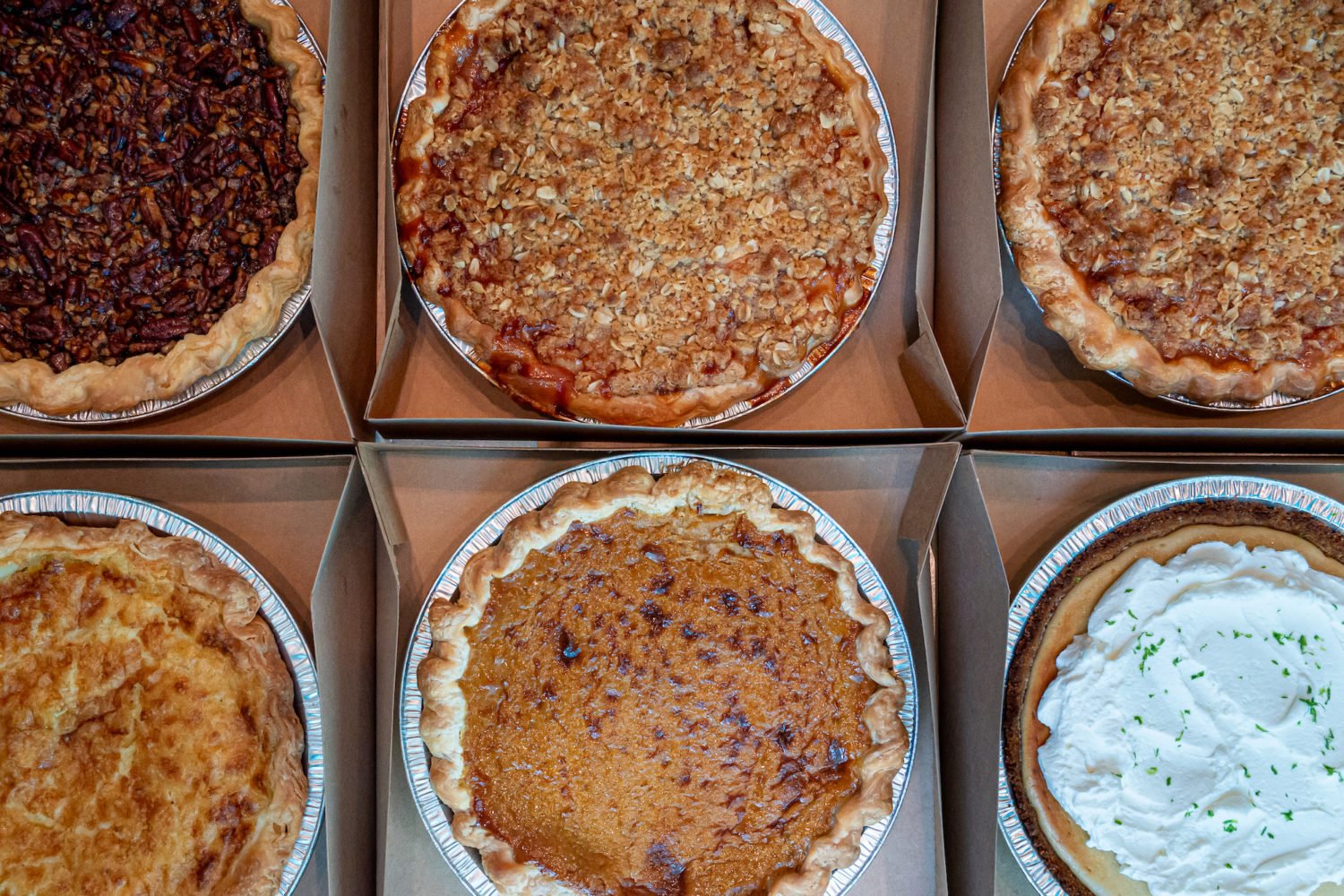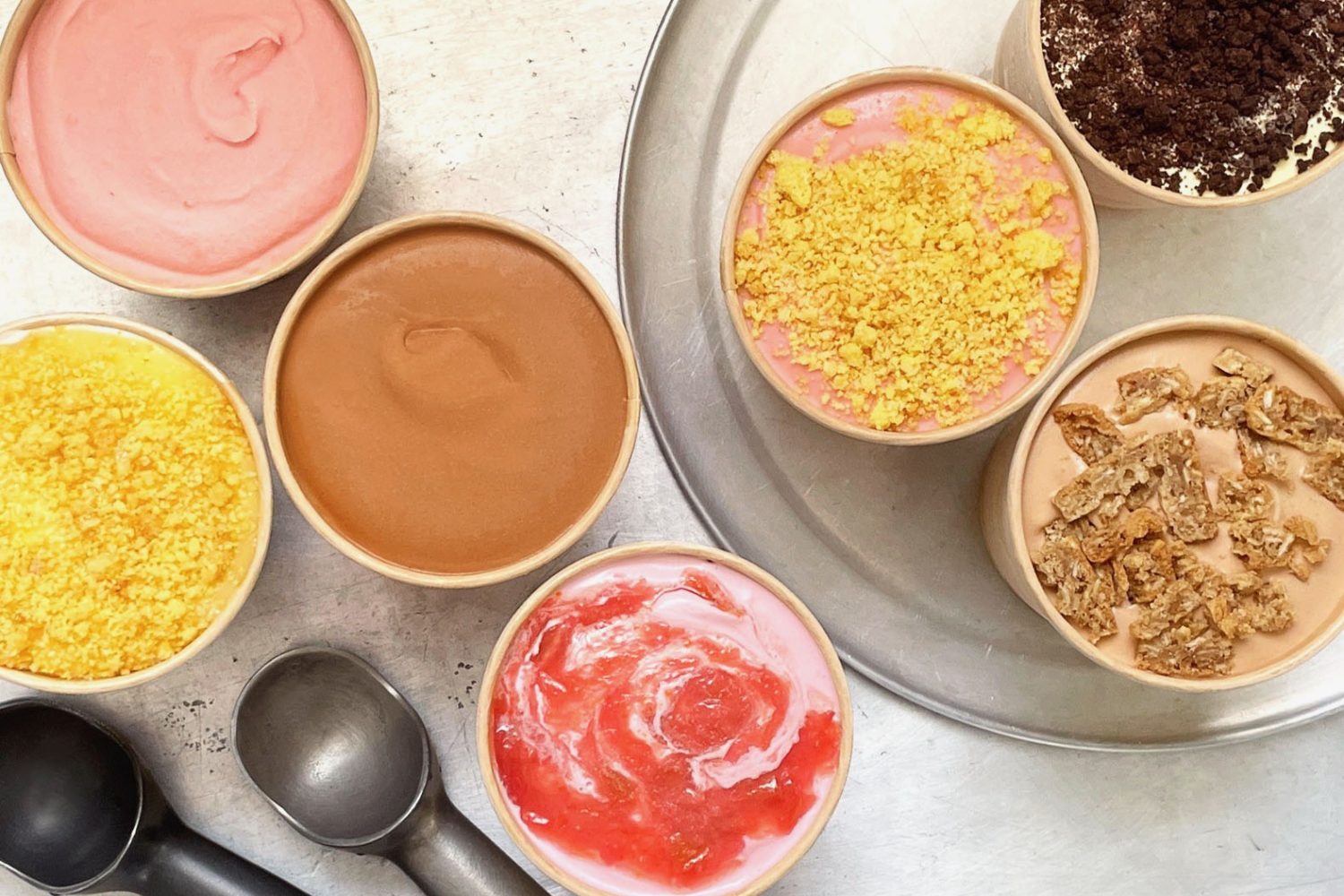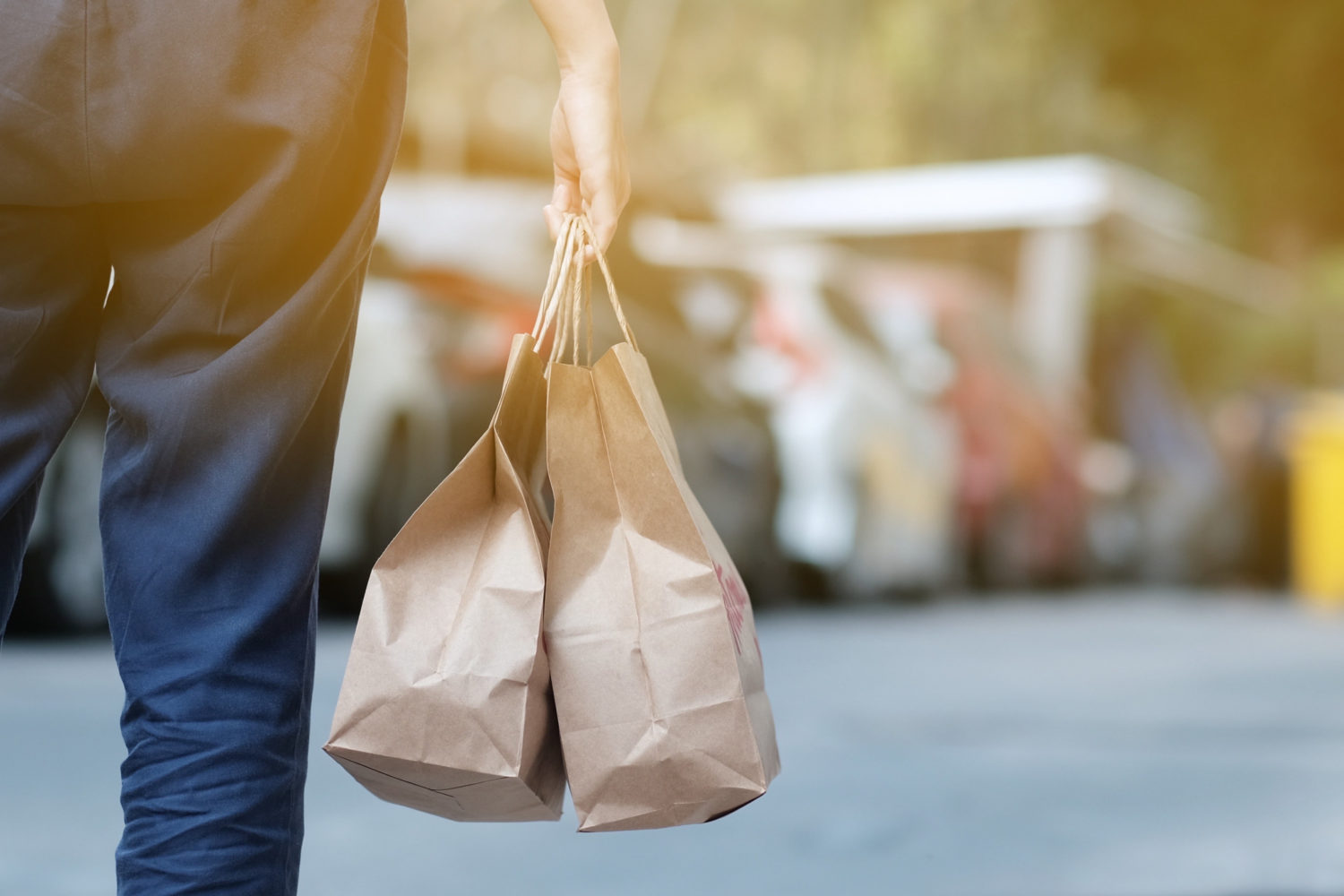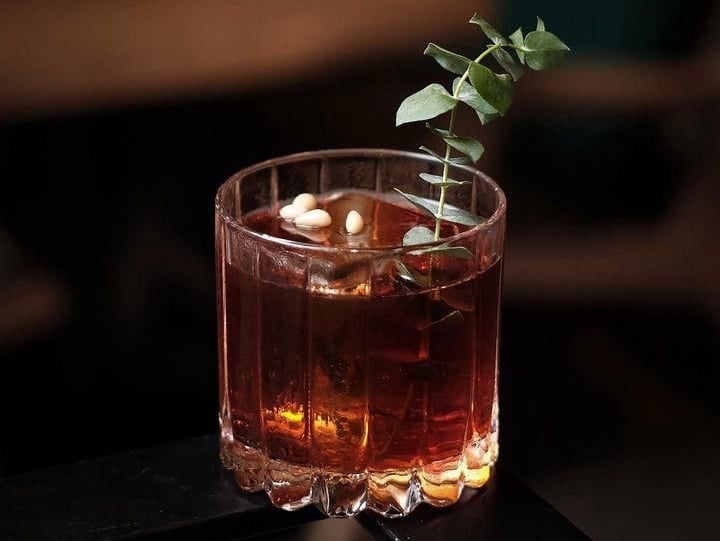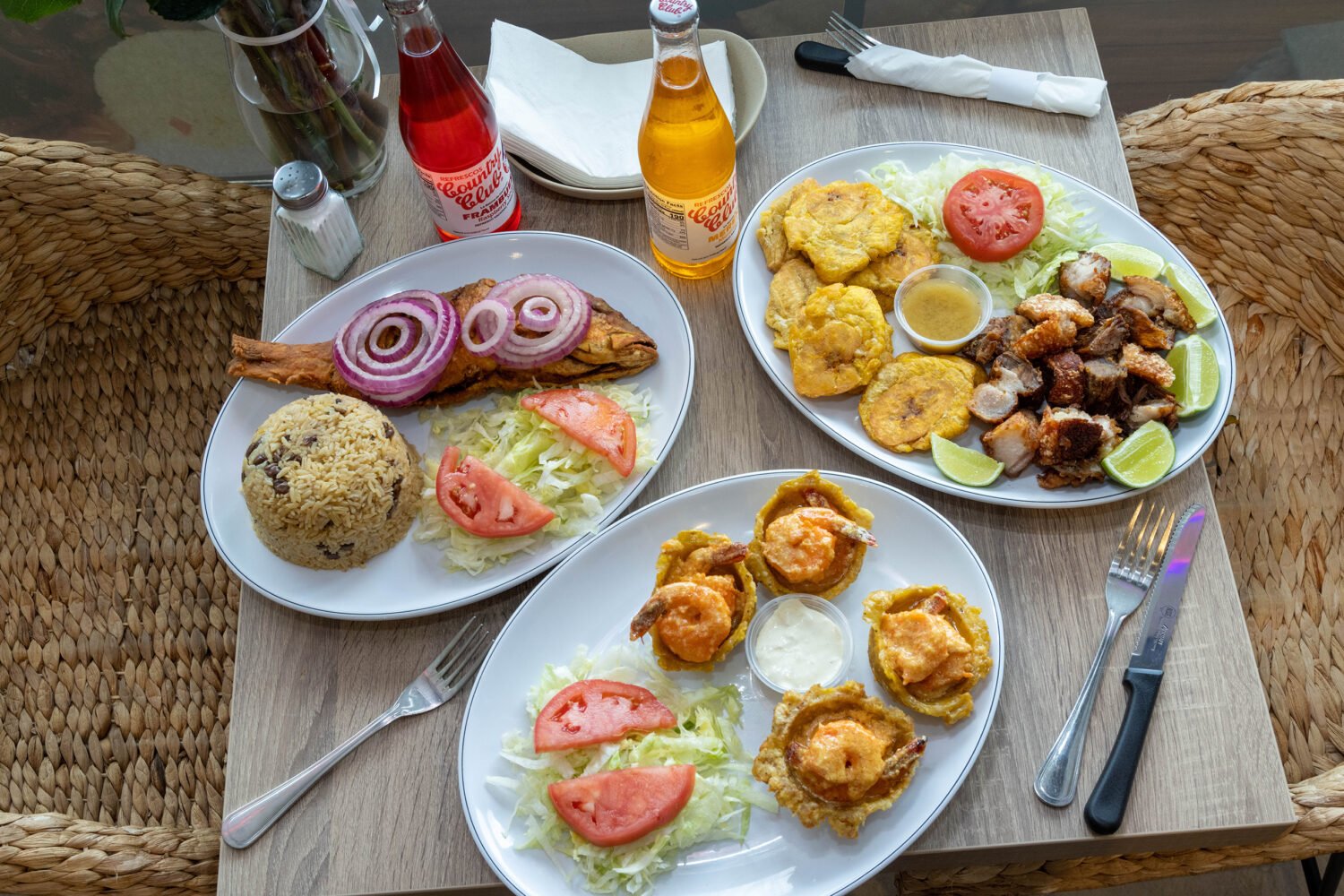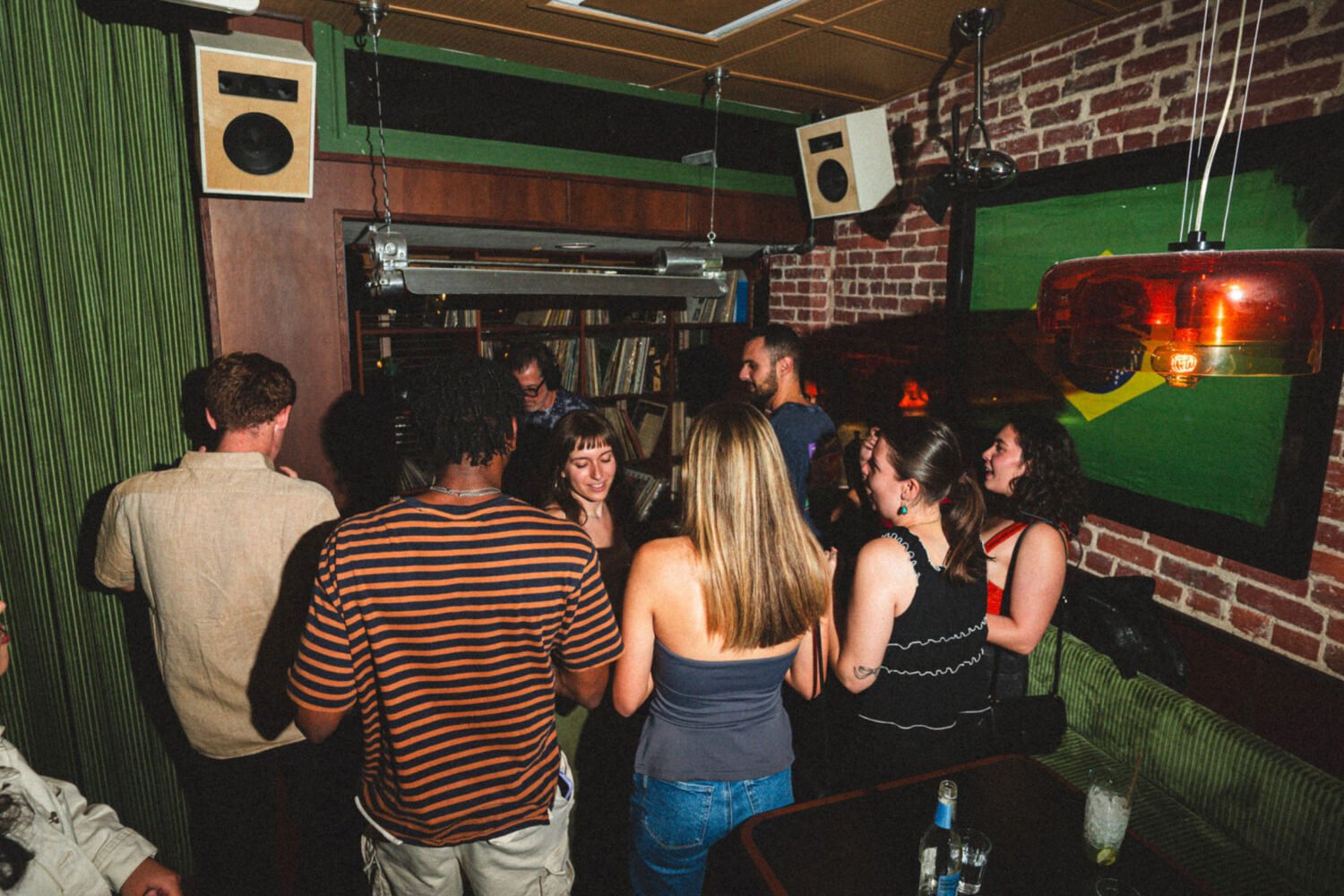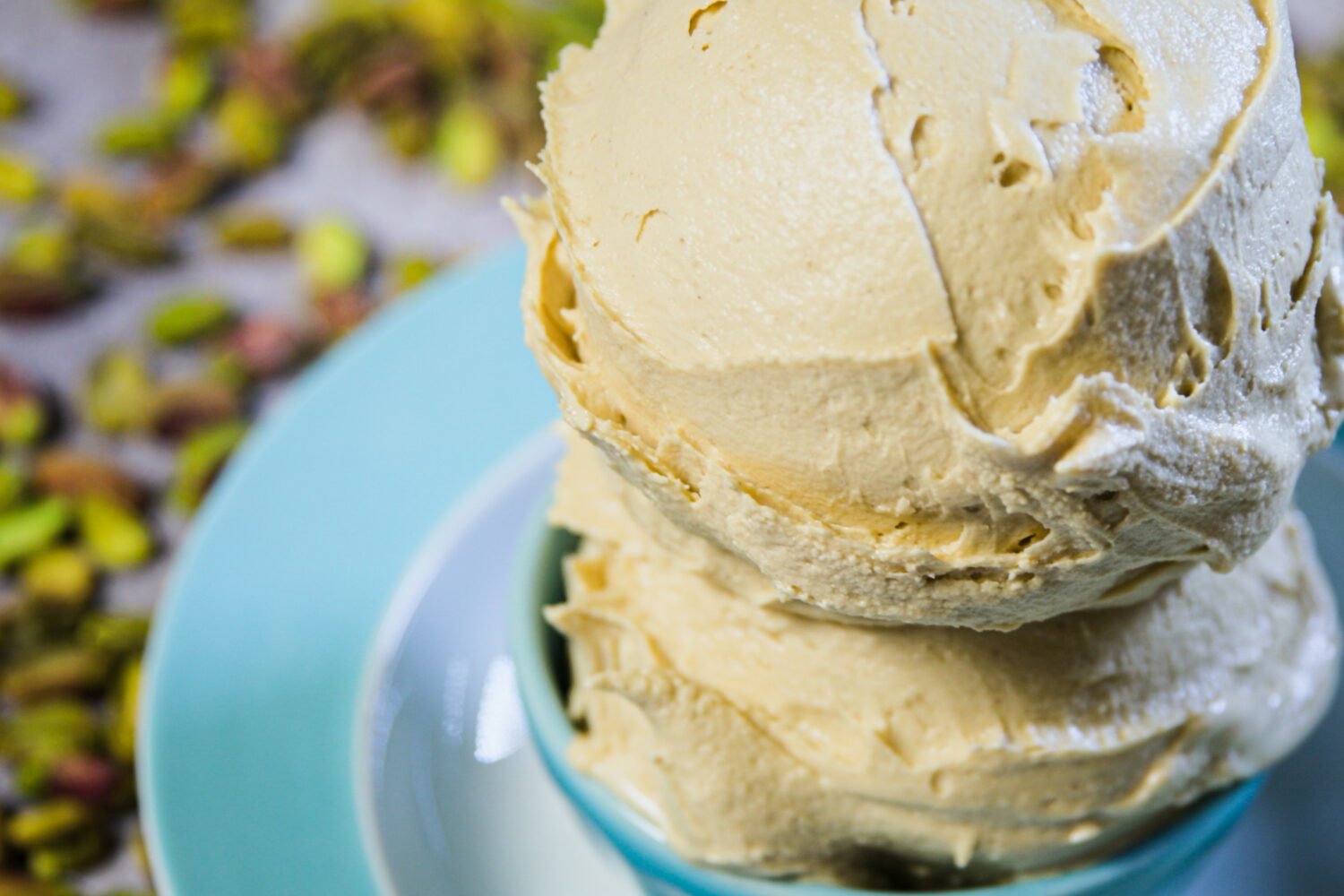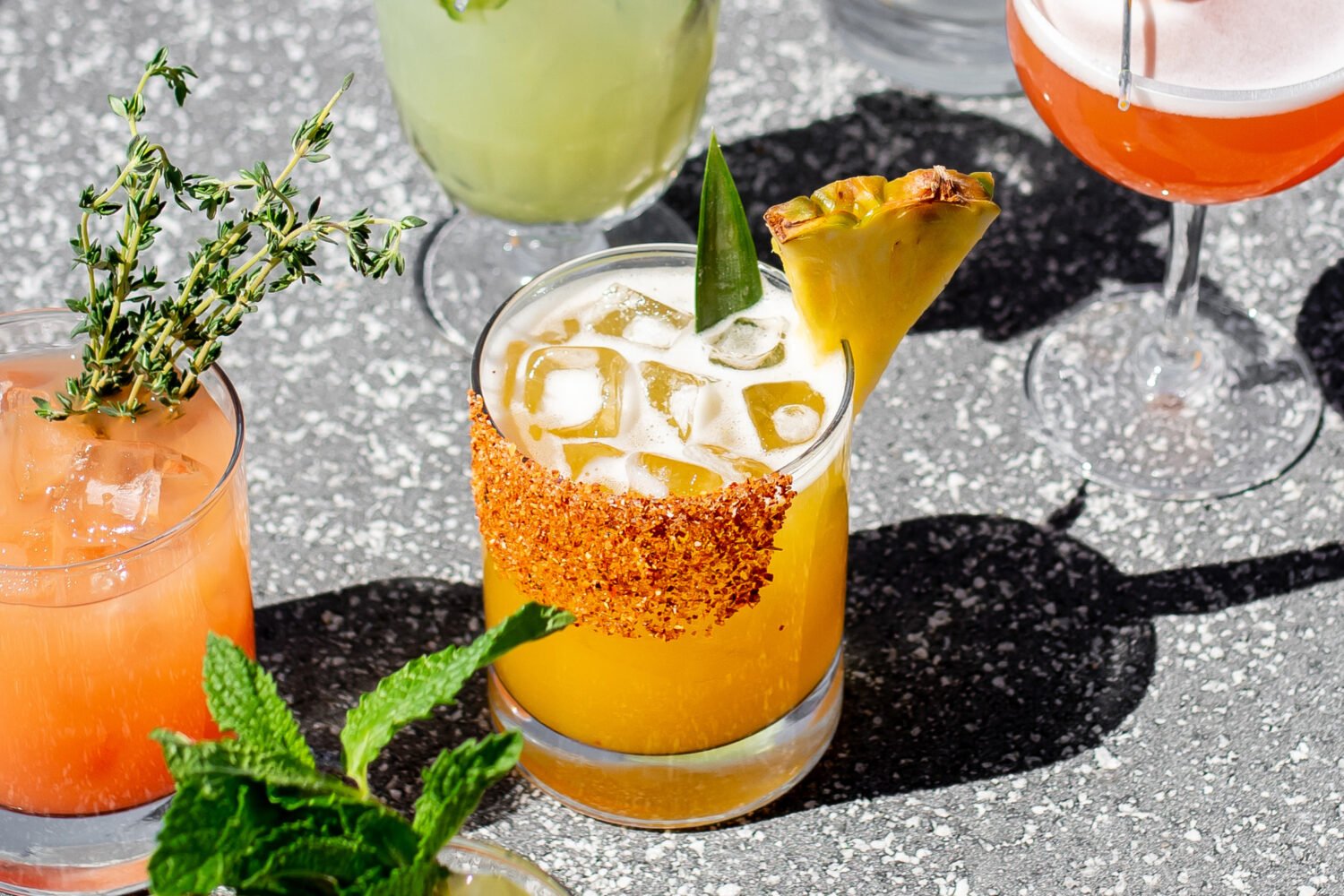December 31, 2019: Reports of pneumonia—eventually diagnosed as a novel coronavirus—begin to surface in China.
January 24, 2020: Shoppers report bare shelves at area Whole Foods.
February 4: Washington Post food editor Joe Yonan releases a presciently timed bean cookbook.
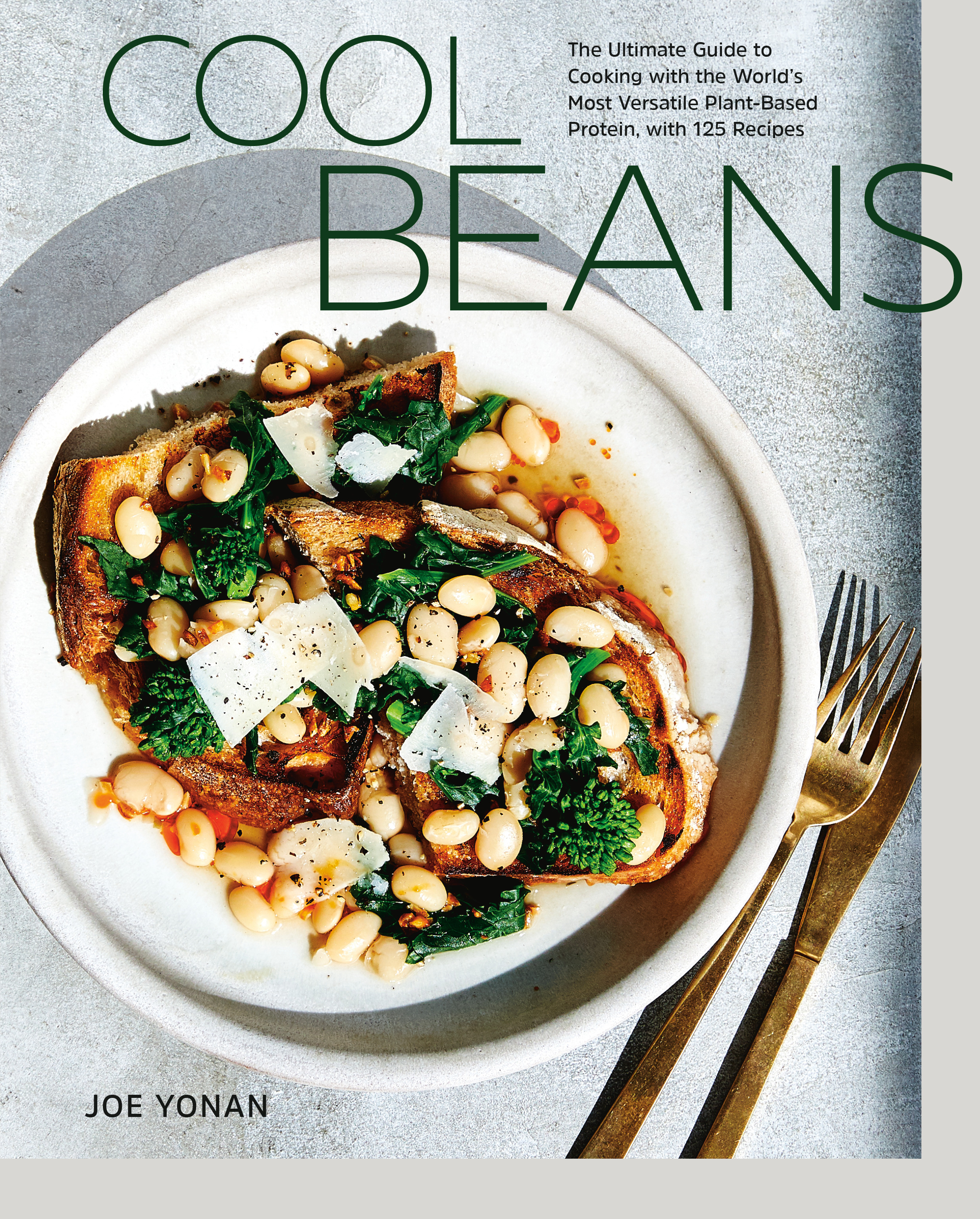
February 25: Restaurateur Lydia Chang reports that 90 percent of Lunar New Year reservations have been canceled at Bethesda’s Q by Peter Chang.
March 5: Maryland announces its first Covid cases. DC and Virginia confirm theirs two days later.
March 12: DC bartender Derek Brown sets up a cocktail “hotline,” tweeting recipes to folks who tell them what ingredients they have.
March 12: Medium Rare owner Mark Bucher offers a free meal to anyone over 70. He’ll go on to serve thousands more to area seniors.
March 13: New York restaurateur Danny Meyer jolts the food world by temporarily closing 19 New York restaurants—plus Navy Yard’s Maialino Mare and Anchovy Social (which remain shuttered).
March 15: Liquor sales in Virginia spike nearly 60 percent over the week.
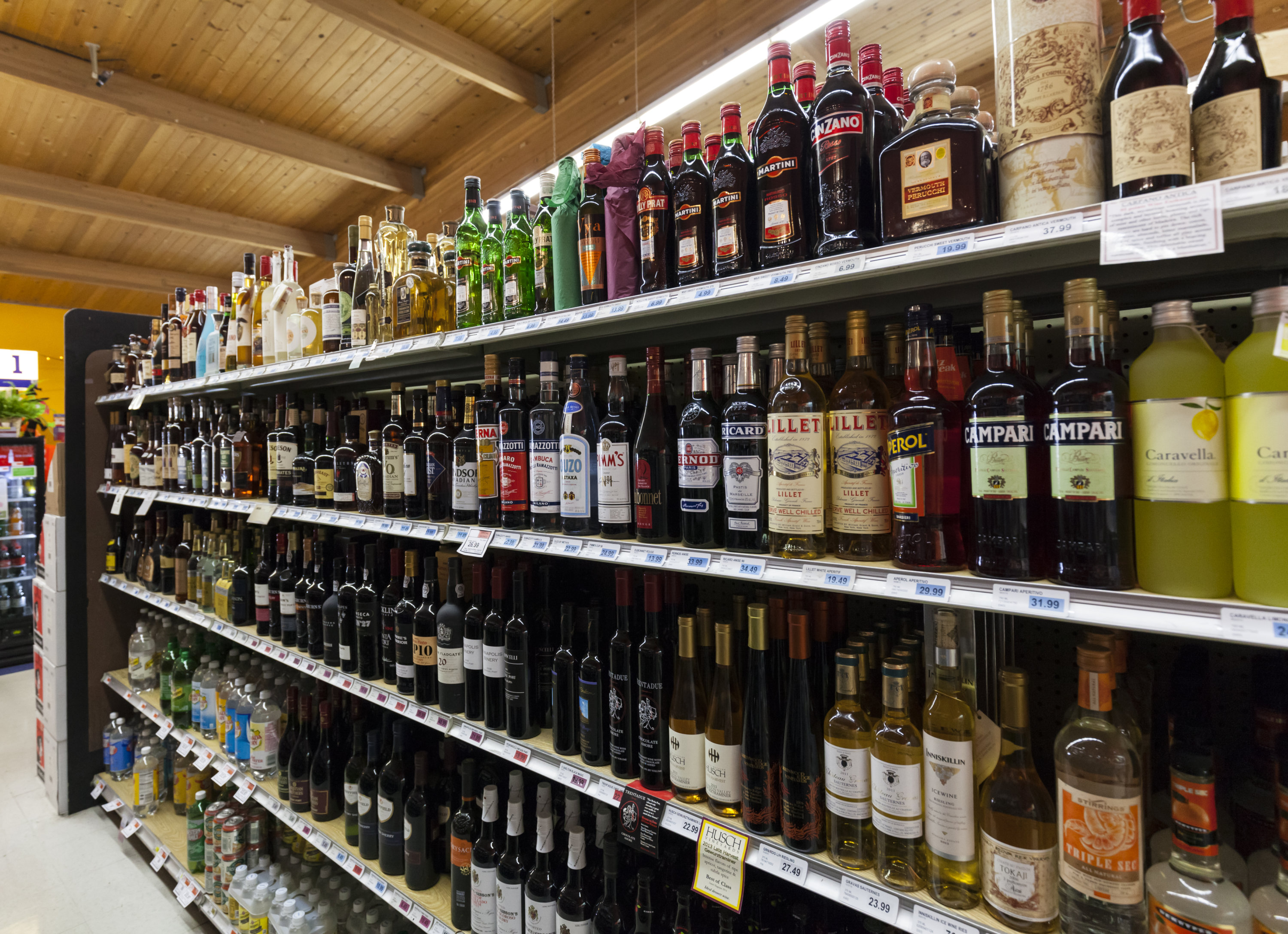
March 16: Maryland governor Larry Hogan and DC mayor Muriel Bowser shut down bars and restaurants for everything but takeout. Virginia does the same the following week.
March 16: Park View bar Hook Hall turns into a relief center to help out-of-work restaurant employees.
March 17: DC passes a bill allowing restaurants to sell alcohol with a carryout food item.
March 20: Adams Morgan restaurant Jack Rose sells off its rare whiskey collection to stay afloat.
March 21: Republic Cantina is burglarized. Only cleaning supplies and hand sanitizer are stolen.
March 23: Mayor Bowser commissions 2,000 gallons of hand sanitizer from Republic Restoratives Distillery and Compass Coffee.
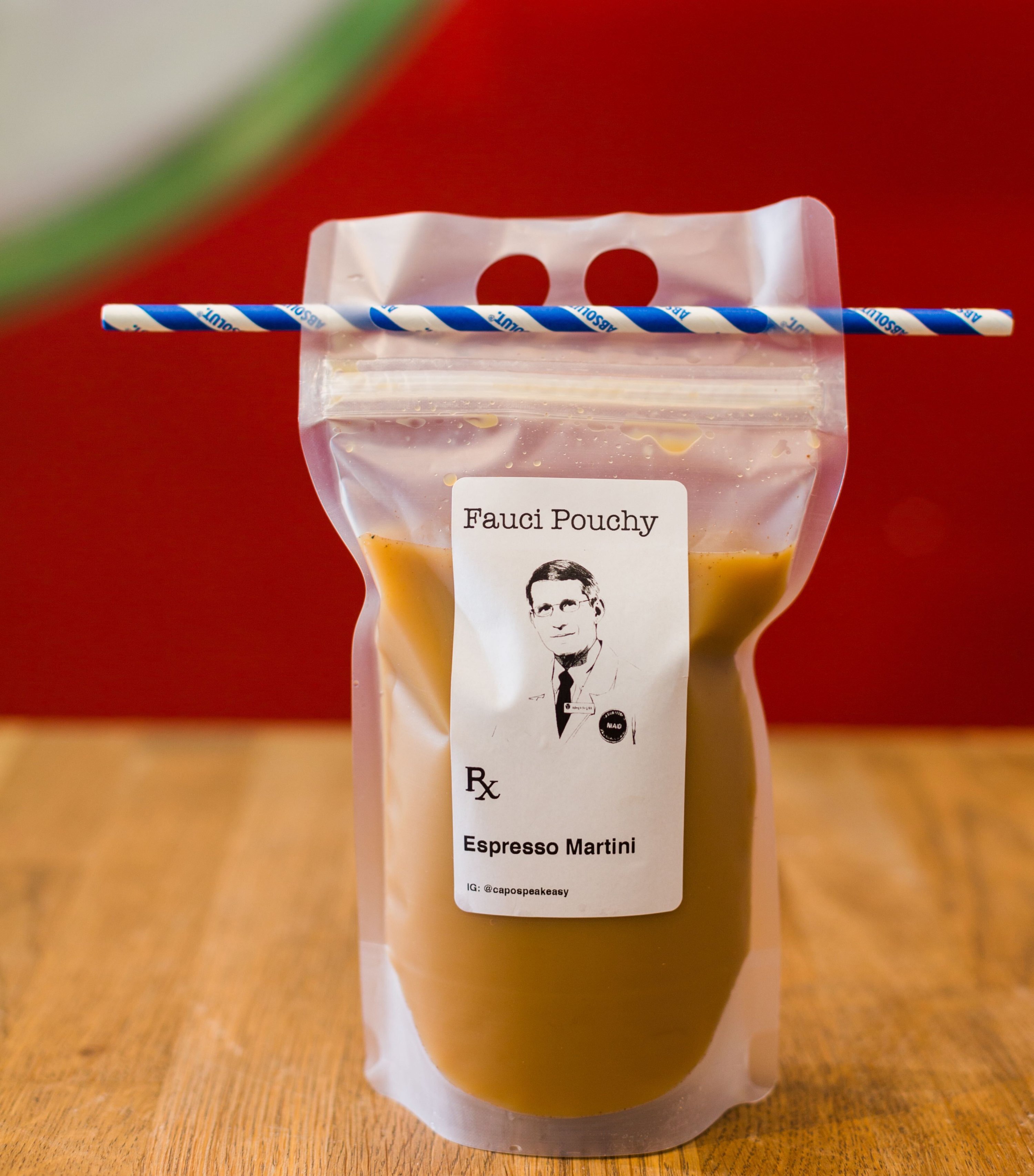
March 25: Robots deliver groceries—and later, lobster rolls from a virtual restaurant—to Chevy Chase residents.
March 25: Capo Deli debuts its Fauci Pouchy cocktail.
March 27: Campono becomes the first DC restaurant to close because of the pandemic.
March 27: While yeast is in short supply, Mercy Me chef Johanna Hellrigl begins
giving out hundreds of sourdough starters.
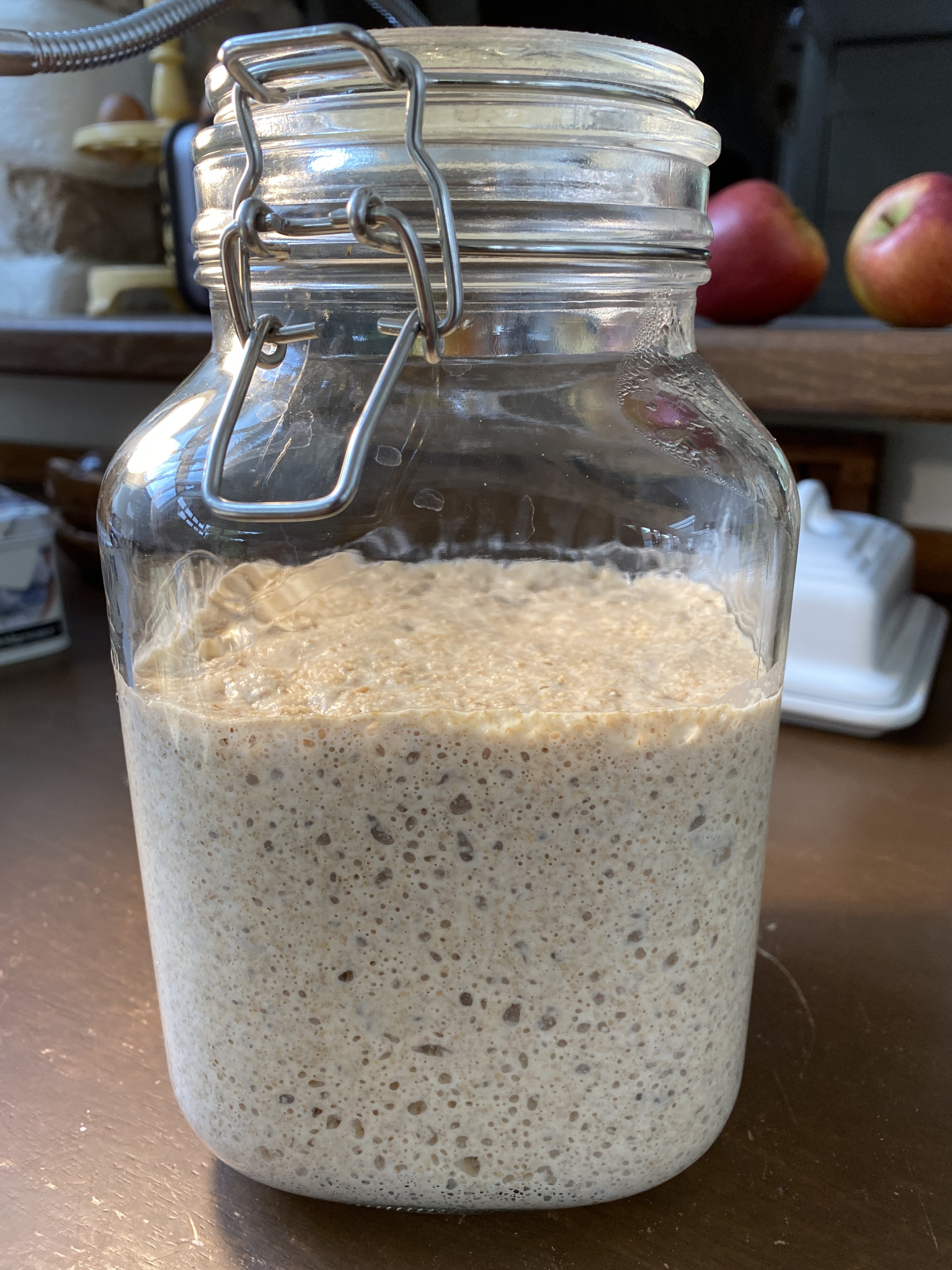
April 7: José Andrés’s World Central Kitchen turns Nationals Park into a giant prep kitchen.
April 17: Columbia Room launches Get a Hero, Be a Hero (now known as Your Only Friend)—the first in a wave of cheffy sandwich pop-ups.
April 26: Shoppers make OpenTable reservations to visit Dupont Circle’s FreshFarm market.
May 8: As the meat supply chain is disrupted, the price of beef—and burgers—skyrockets.
May 10: Ivy & Coney owners launch DCtoGoGo, a delivery platform with lower commission fees than those of competitors such as Doordash.
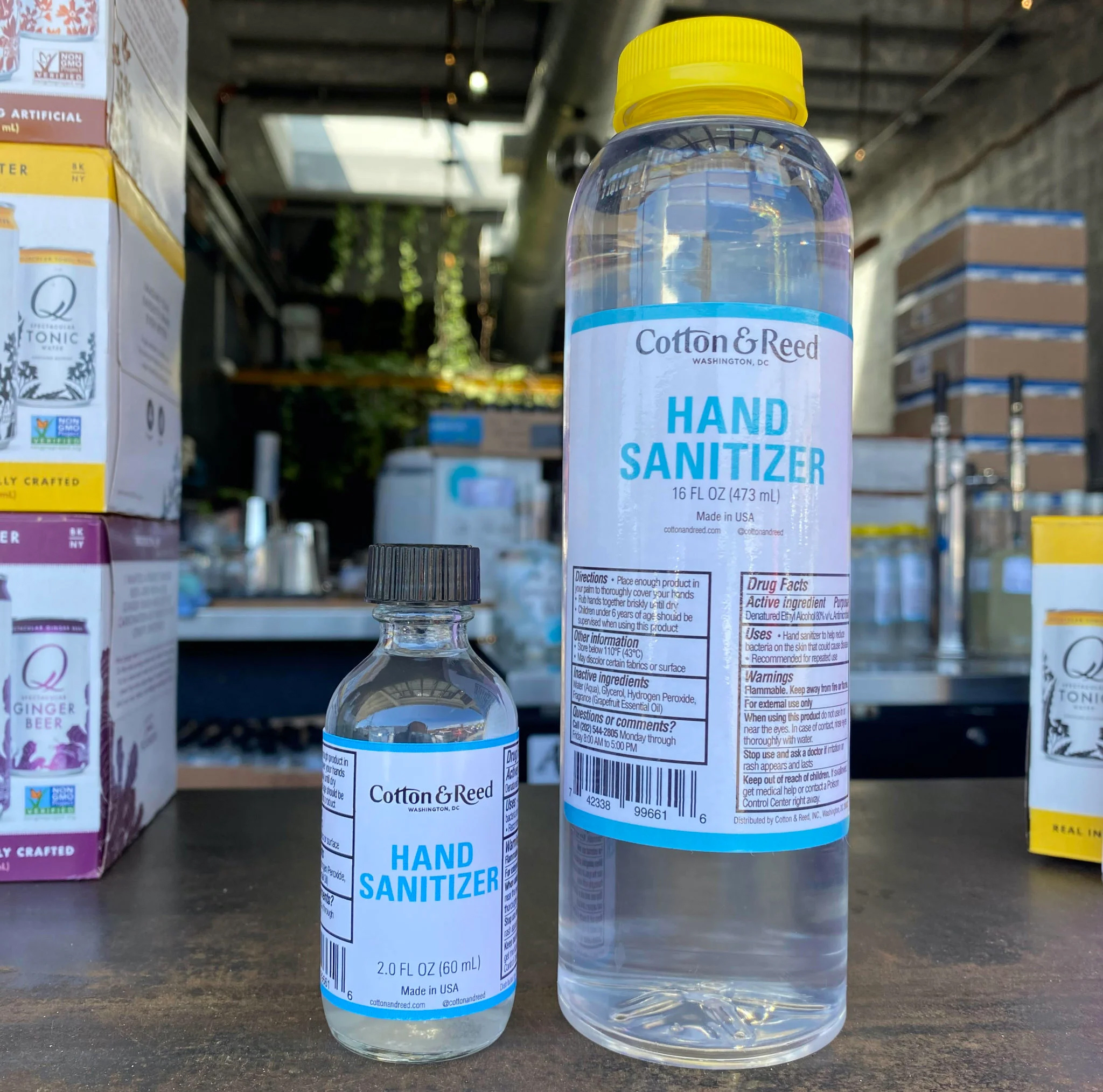
May 29: Demonstrations protesting the death of George Floyd begin near the White House. The same day, DC restaurants reopen for on-premises dining.
May 29: The Inn at Little Washington uses mannequins to fill empty tables in its half-capacity dining room.
June 10: Bethesda opens its huge downtown streetery.
June 12: Northern Virginia restaurants are allowed to reopen their dining rooms—one week after the rest of the state.
June 15: DC chefs Paola Velez, Rob Rubba, and Willa Pelini launch the Bakers Against Racism virtual bake sale, an international phenomenon that raises $1.9 million for racial-justice causes.
June 24: DC restaurant Cuba Libre employs a desinfectador—a white-coated staffer who continuously sanitizes the dining room.
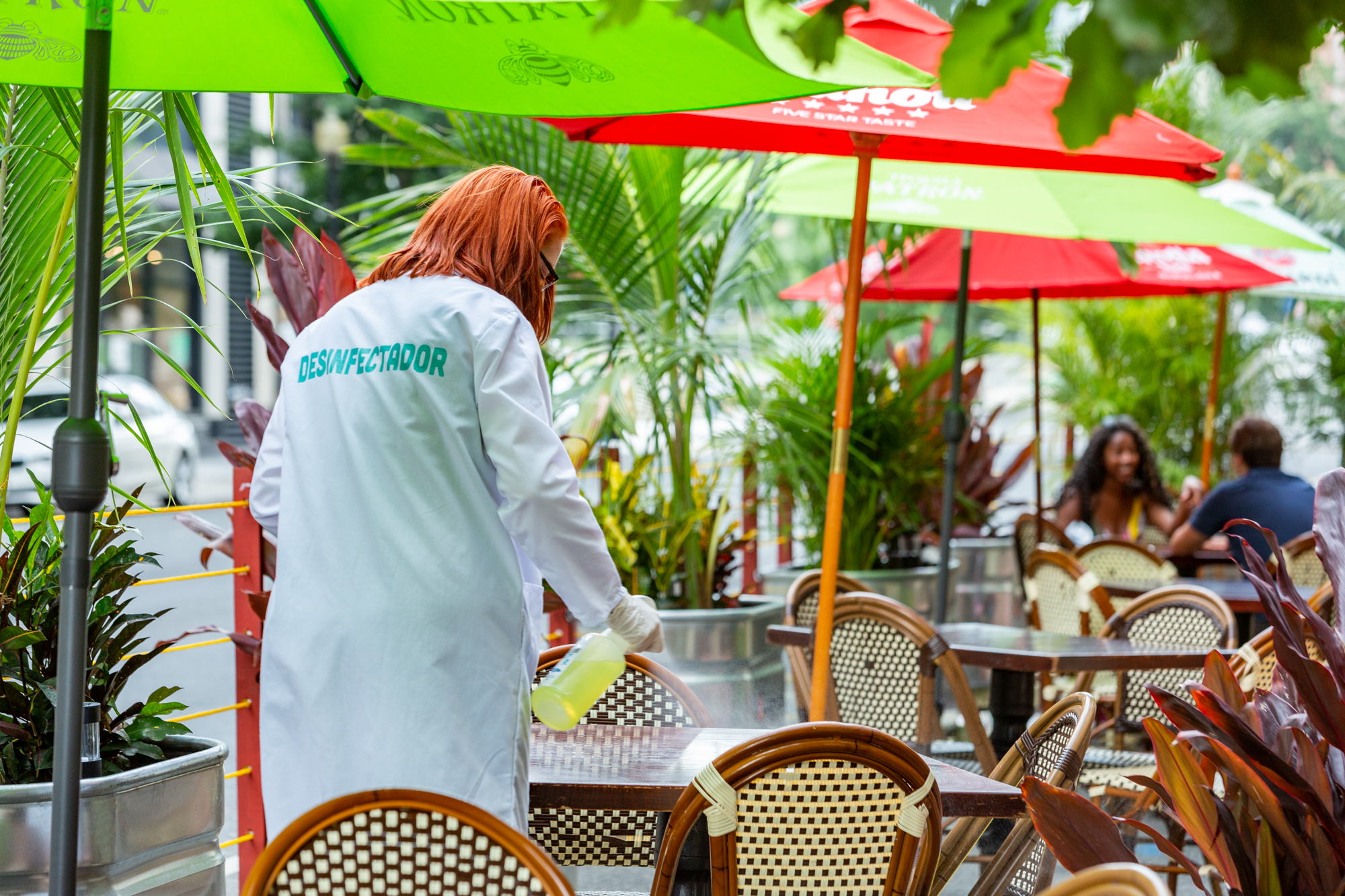
July 5: Gaithersburg’s Grille at Flower Hill restaurant closes after refusing to require employees to wear masks.
July 6: Star chef Kwame Onwuachi resigns from the Wharf restaurant Kith and Kin. It closes for good shortly after.
July 16: Ryan Ratino opens Jônt on 14th Street. Its 12-person tasting counter features acrylic dividers.
July 22: Bowser decrees that masks must be worn in all public spaces—even between courses at a restaurant. She announces $1,000 fines for restaurants and bars that flout pandemic rules.
August 28: Ghostline—DC’s first “ghost food hall”—debuts in Glover Park.
September 15: Ian and Eric Hilton announce the indefinite closure of seven DC bars/restaurants. One—El Rey—ends up getting a reprieve.
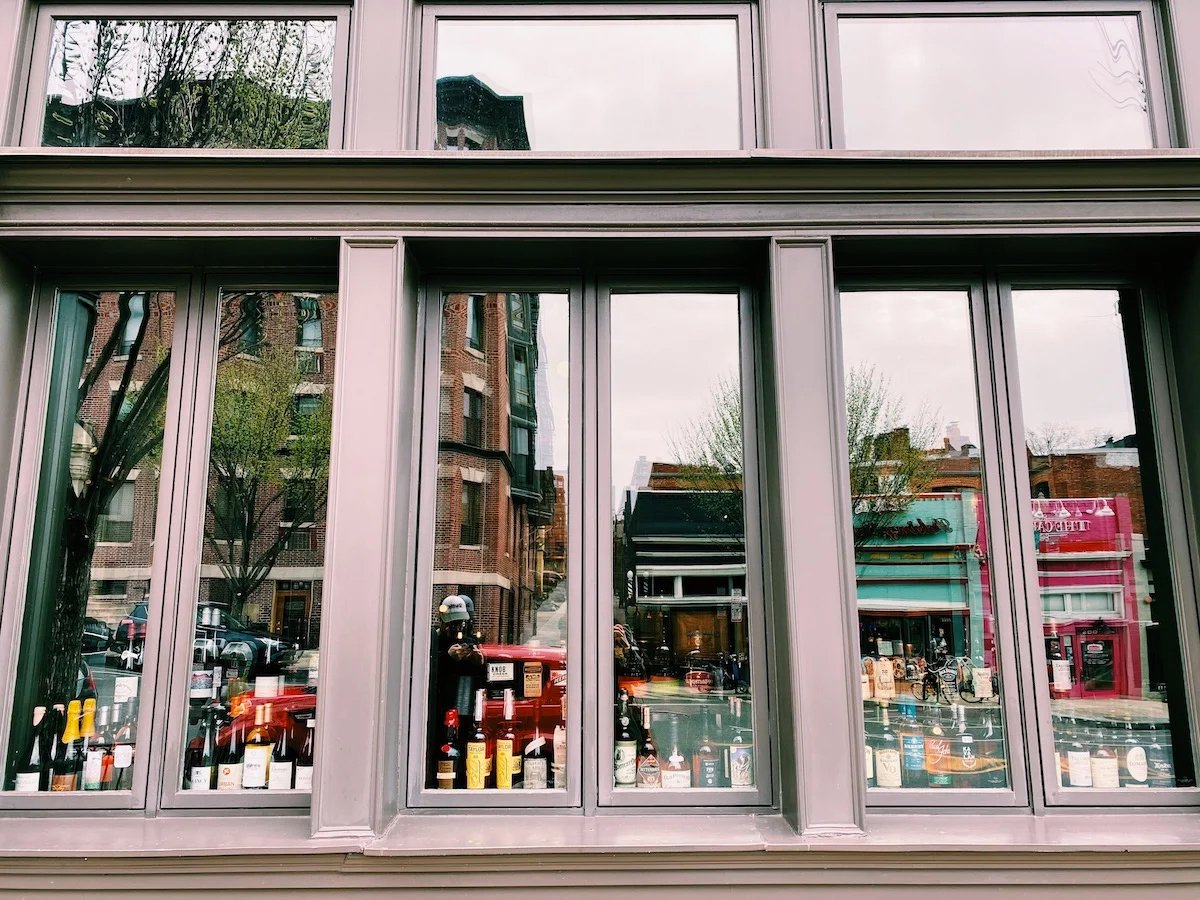
September 21: Bowser announces $6,000 grants to help restaurants winterize their outdoor spaces.
September 24: Montgomery County allows drinking in public parks.
September 29: Dolcezza announces the temporary closure of five gelato shops. (Two end up permanently shut.)
October 18: Coconut Club is one of many DC restaurants to “hibernate” for the winter.
October 31: Trick-or-treating happens, thanks to socially distant candy chutes.
November 27: Georgetown’s Fiola Mare rents $120 plastic “igloos” for cold-weather outdoor dining.
December 3: News breaks that President-elect Biden has selected Call Your Mother co-owner Jeff Zients as his Covid czar.
December 4: Several maskless revelers are spotted at White House holiday parties.
December 7: In a plea for federal relief, unemployed restaurant workers place hundreds of empty plates on the Capitol lawn.
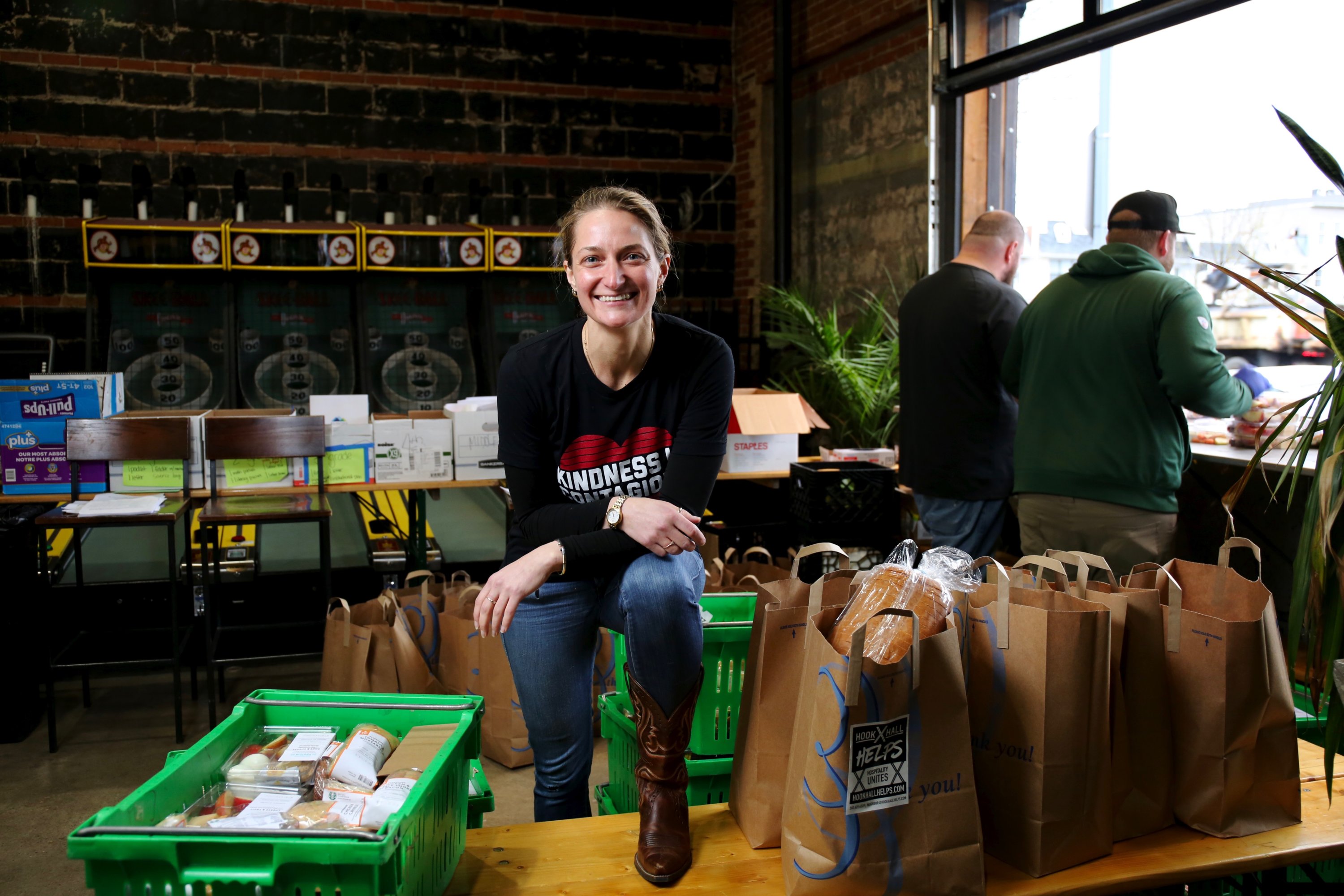
December 18: DC hotels allow diners to book rooms for a few hours so they can dine
in private.
January 1, 2021: A Giant shopper gets a leftover Covid vaccine. Crowds begin lining up at grocery stores for any extra shots.
February 11: Guy Fieri launches a DC ghost restaurant out of the chains Buca di Beppo and Brio.
February 18: DC grocery-store and food-packaging workers—but not restaurant employees—become eligible for the vaccine.
March 5: Ian and Eric Hilton announce that several of their bars will reopen.
March 11: President Biden signs the American Rescue Plan. The $1.9 trillion stimulus package has $28.6 billion earmarked for independent restaurants, food trucks, and bars.
This article appears in the April 2021 issue of Washingtonian.

